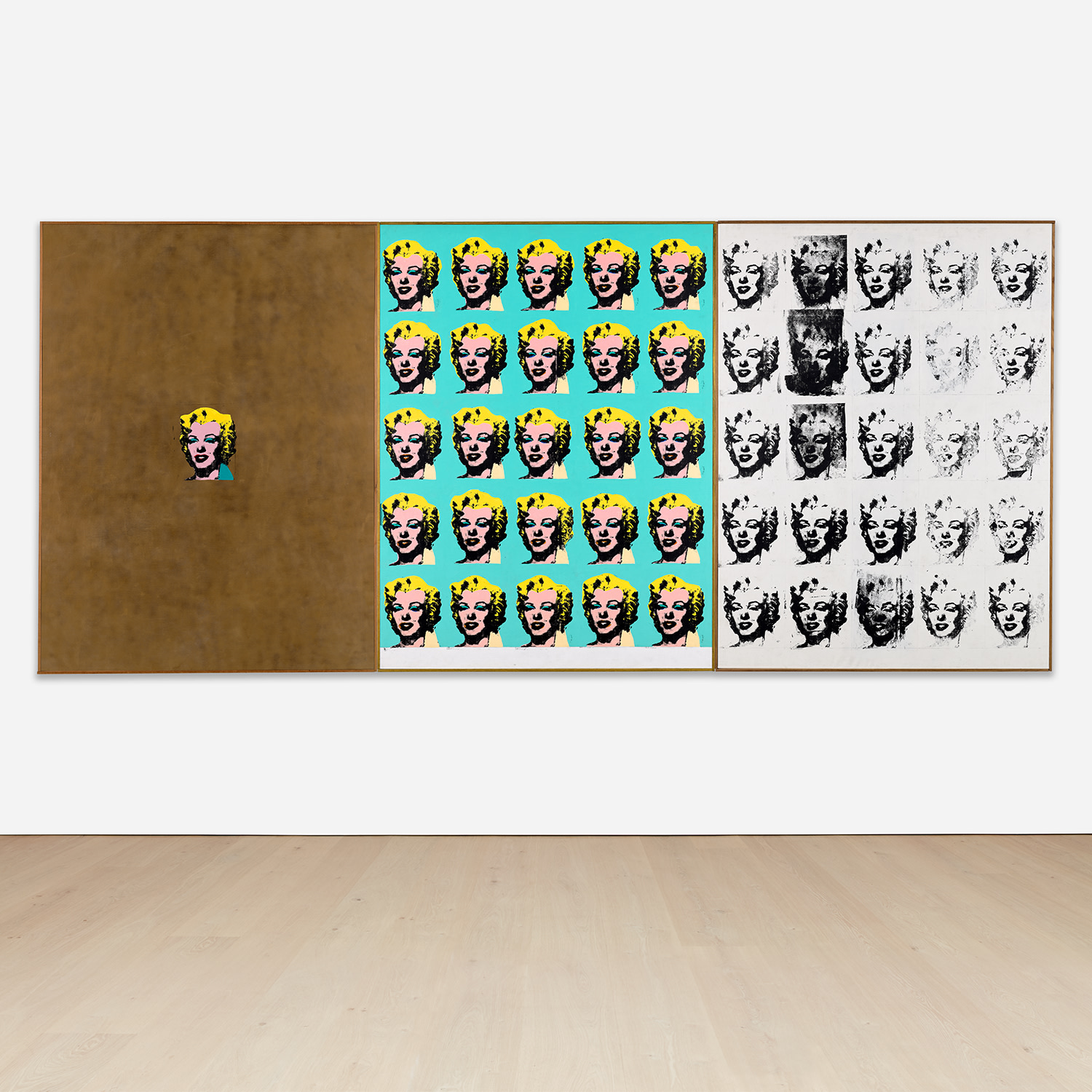
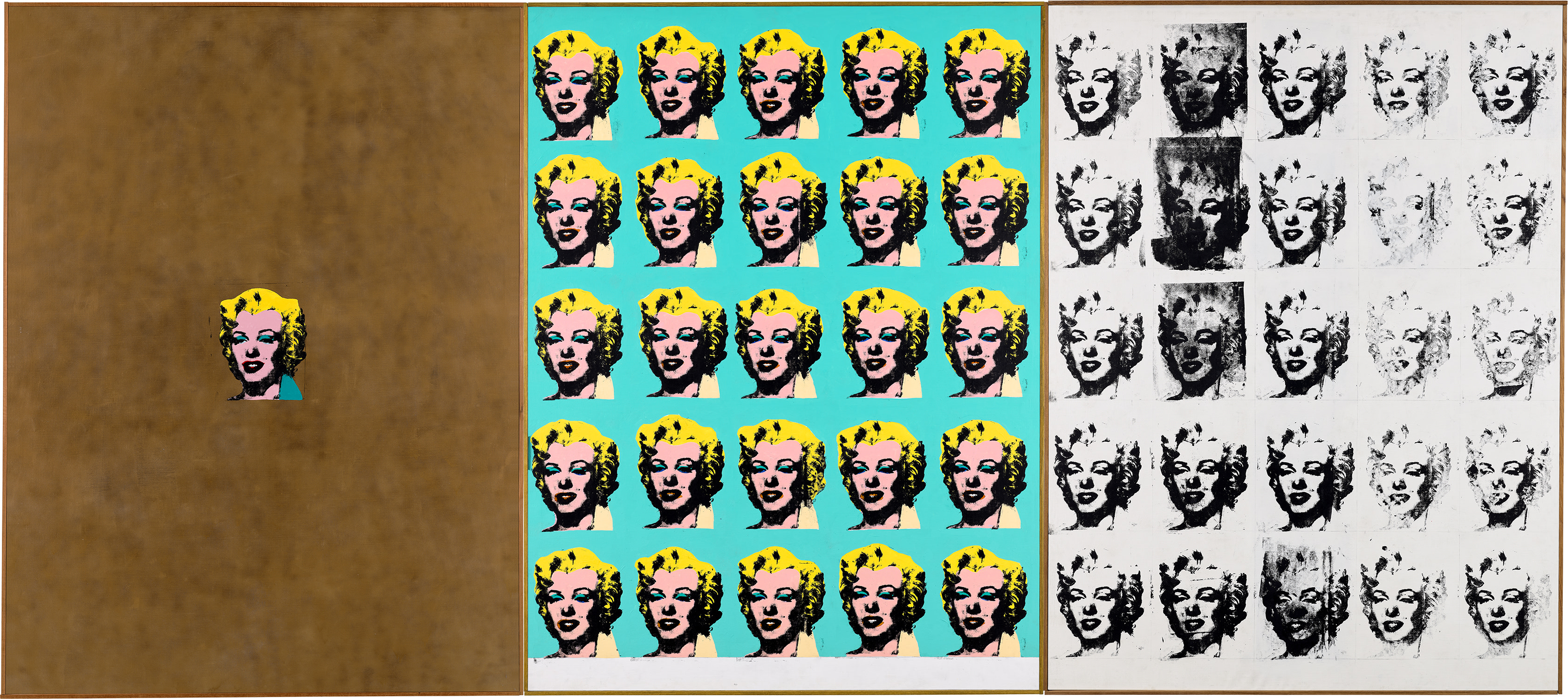
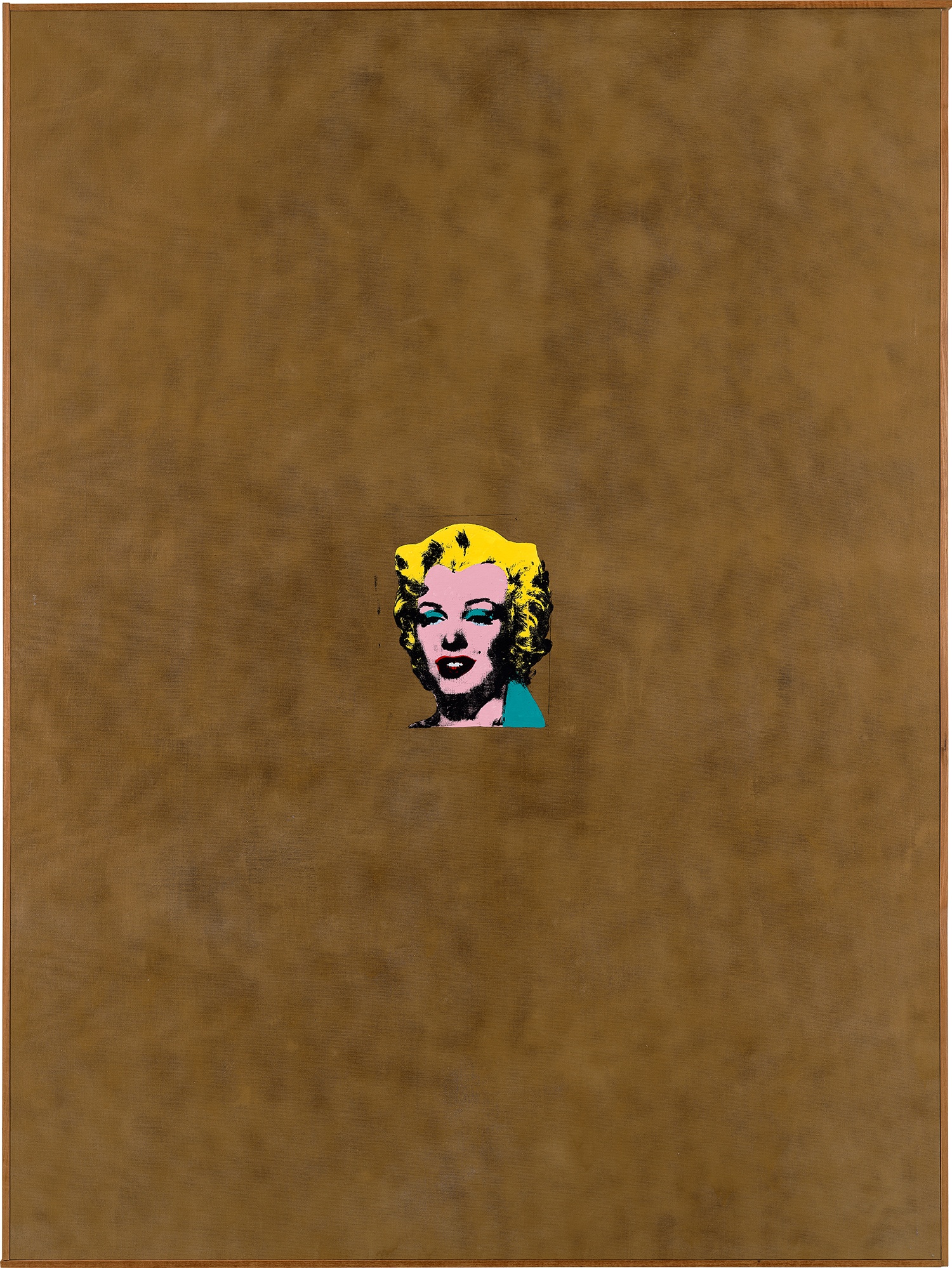
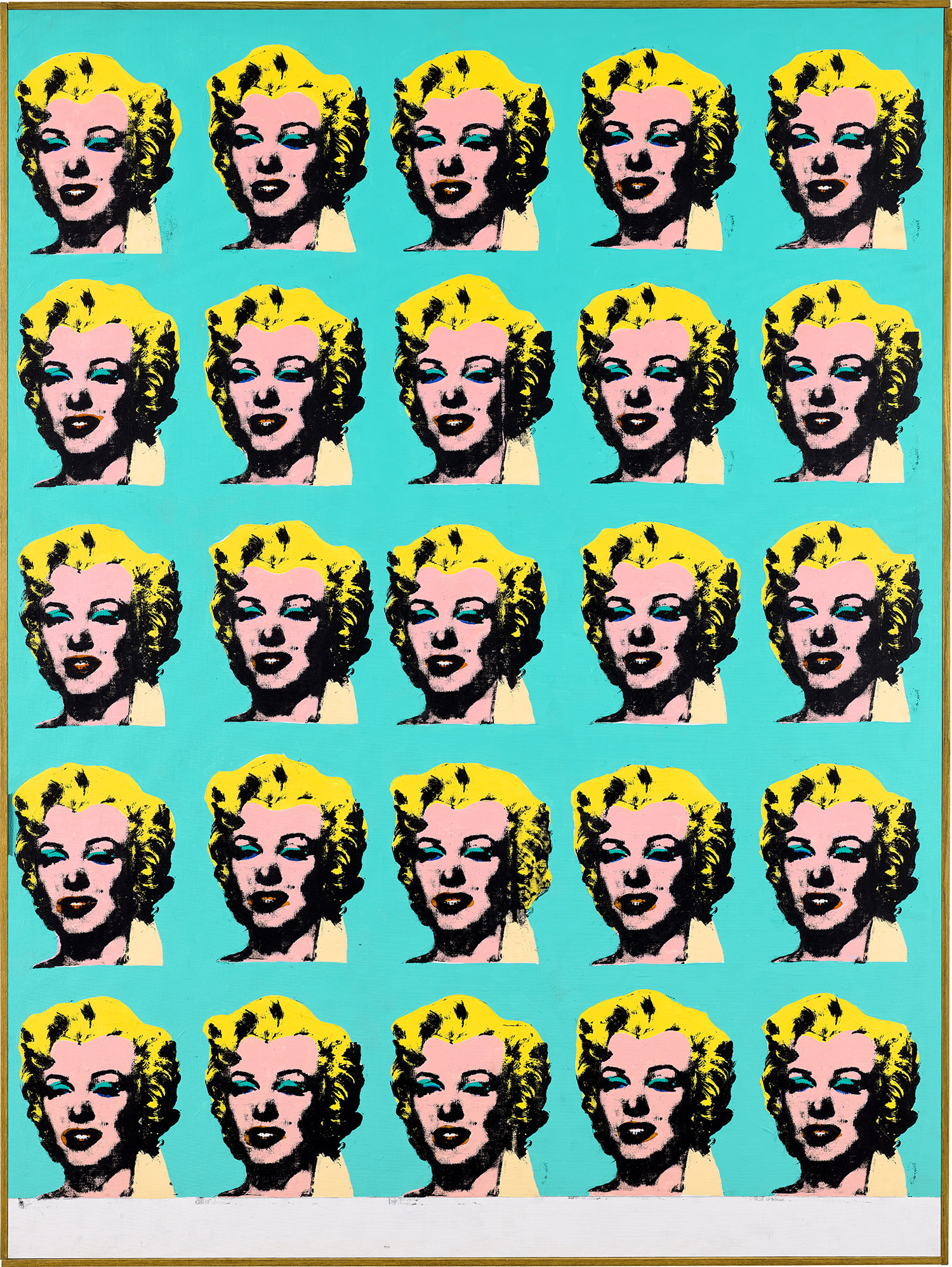
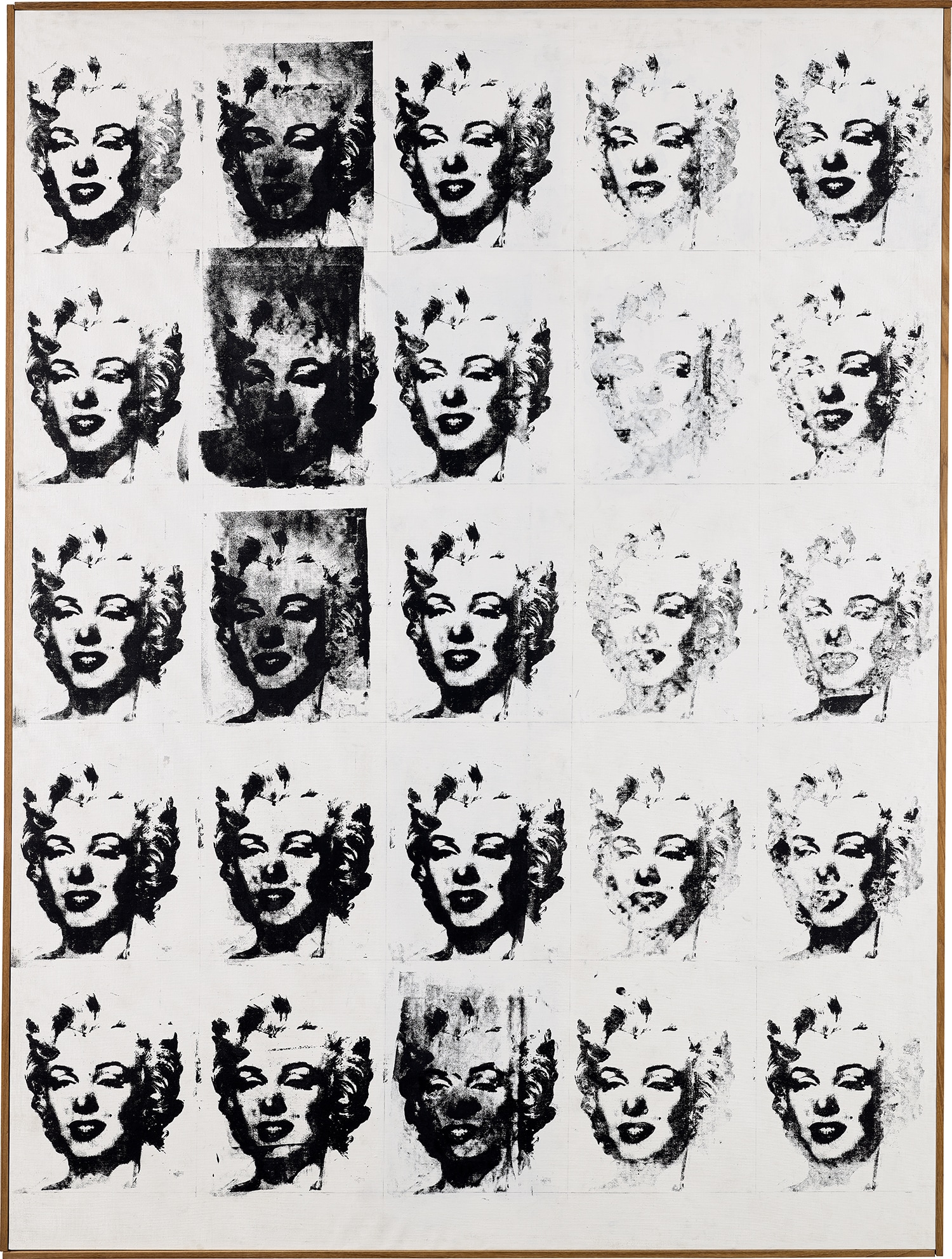





41
Sturtevant
Study for Warhol Marilyn
overall 84 1/4 x 188 5/8 in. (214 x 479.1 cm)
This group of works will be part of the updated catalogue raisonné.
Further Details
Full-Cataloguing
Sturtevant
AmericanElaine Sturtevant, known professionally as Sturtevant, was an American artist whose practice considered issues of authorship, authenticity, and the nature of reproduction. Her carefully inexact recreations, referred to as “repetitions,” of the work of her contemporaries attracted almost immediate attention as Sturtevant embarked on this practice in 1964, copying the work of fellow artists and friends like Andy Warhol, Frank Stella, and Roy Lichtenstein. Sturtevant mastered several artforms including painting, sculpture, photography, and film in order to faithfully repeat the work of her contemporaries, continually updating her process in order to keep pace with the changing tides of the avant-garde. Many of the artists Sturtevant repeated, often before they became famous, would later be considered the iconic artists of their respective movements and generations. Her late work is concerned with reproduction and repetition in the digital world.
Sturtevant’s work has attracted simultaneous acclaim and criticism for its close copying of the work of other artists. Her work has been praised as innovative and insightful, and the artist has been the subject of major retrospectives at institutions such as the Museum für Moderne Kunst, Frankfurt, the Serpentine Galleries, London, the Museum of Modern Art, New York, and the Musée d’Art Moderne, Paris. Sturtevant received the Golden Lion at the 2011 Venice Biennale for lifetime achievement. She died in 2014 in Paris, where she had been living and working since the 1990s.